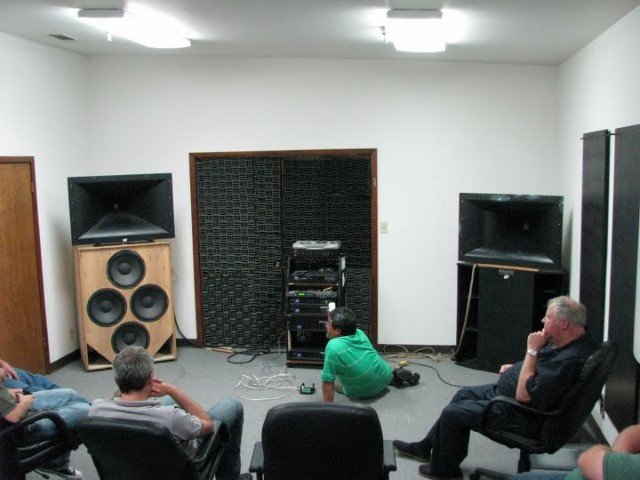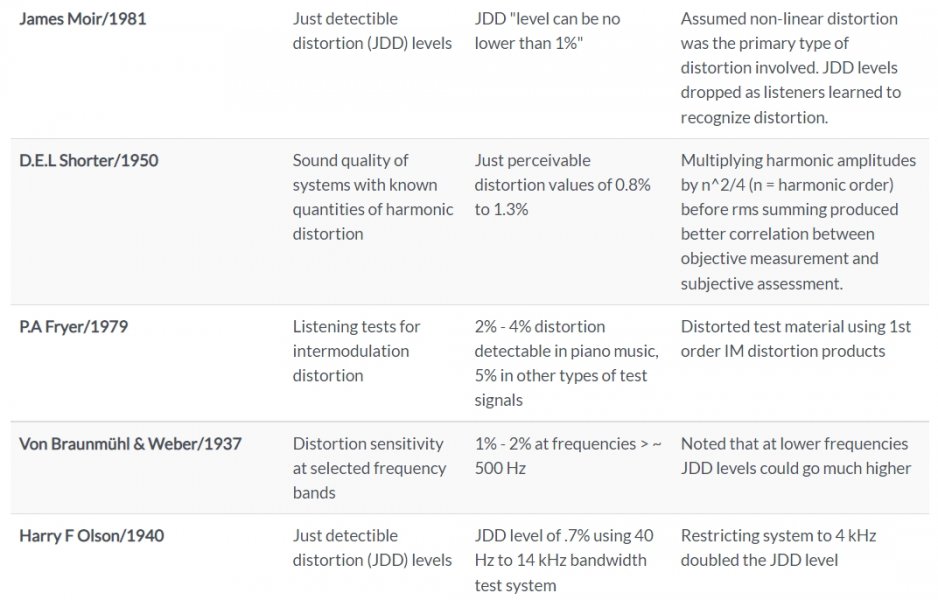It will take me hours to dig all that up. I'm sure you can find studies on this yourself if you want to. Many of these studies are very old as seen below, and as mentioned I believe the threshold is lower based on newer blind tests.
View attachment 101668
The 0.1 dB in frequency responso limit comes from Floyd Toole's researchers and are mentioned is his book. On jitter I've read a few papers on different types that were conducted in Japan and the result differed from type of jitter. But no, I don't have time to search for them. nwavguy has written about jitter in the link below but he doesn't link to studies he refers to.
INTRO: Some have asked for more details on jitter. It's a controversial topic and there are lots of myths associated with it. Here’s what I...

nwavguy.blogspot.com
On dynamics, there are some papers here:
The AES Forum is where our members get to interact with each other in between conferences and section meetings.

secure.aes.org
AES E-Library ← Back to search

www.aes.org
I can't link to something that's not on the internet. The swedisch association requires a membership and tests are publised in magazines for the subscribers. They have blind testet for many years. What I can tell from these is that the threshold of audibility is lower than several of the old studies we have. That's also my own personal experience when AB testing with level matching. However, I haven't conducted strict ABX tests. So I see no reason to share detailes about these, other than that's my own subjective experience with AB tests.
You asked whether I believe the same for digital sources. I said yes, and I added what I believe needs to be threshold of dynamic range as well. That's of course on top of the other ones I have mentioned. Meaning few will pass the test. Please read what I'm actually writing.
That being said, I believe THD can be higher than -110 dB to -120 dB and still be transparent. Something around -100/-103 dB here is likely good enough. That's also based on a combination of the swedish blind tests and my own AB tests with level matching, where no difference was perceived when comparing to something that measured better.
Setting an exactly threshold is very challenging. Blind tests can differ and will depend on well they were conducted. Some years ago a radio station blind tested MP3 and found out that 128 kbps was good enough to not sound different from lossless. We have other studies that show that even MP3 in 256 and 320 kbps can be distungished from lossless by trained listeners.
But if we set a very strict threshold for all the types and well below the studies we have, I believe we can be certain.










